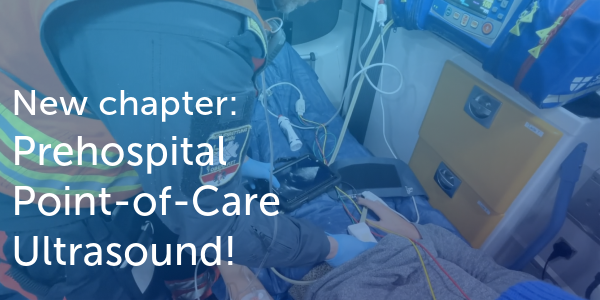5.3.4 Chemotherapy-induced cardiomyopathy
Cardiotoxicity of cancer therapies is a major limitation in the treatment of cancer. A number of agents may affect left ventricular function. The best studied drug with respect to cardiotoxicity is an anthracycline known as doxorubicin. The cardiotoxic effect of doxorubicin is related to its cumulative dose. In one study, 18% of patients receiving a cumulative dose beyond 700 mg/m2 developed heart failure while only 0.14 percent developed heart failure when the cumulative dose was less than 400 mg/m2. Toxicity is also related to the patient’s age, the presence of concomitant heart disease, and the administration of additional chemotherapeutic agents (i.e. taxanes). Newer anthracyclines such as daunorubicin, epirubicin or idarubicin have a lesser cardiotoxic effect. Other agents with cardiotoxic effects are 5-fluorouracil, its prodrug capecitabine, cyclophosphamide, ifosfamide, and mitomycin.
Milder forms of cardiotoxicity also occur with last-generation drugs such as antibody therapies (trastuzumab) or tyrosine kinase inhibitors (i.e. sunitinib).
Trastuzumab exerts a synergistic effect when combined with anthracyclines or cyclophosphamide, causing left ventricular dysfunction (27%). However, cardiotoxicity may also occur in monotherapy (4%). Left ventricular dysfunction is usually mild and reversible. Tyrosine kinase inhibitors cause hypertension and coronary spasms / ischemia.
Video Platform Video Management Video Solutions Video Player A patient with breast cancer and reduced left ventricular function following epirubicin- and trastuzumab-based chemotherapy.All patients who are scheduled to receive cardiotoxic chemotherapy should undergo echocardiography as a means of screening for cardiovascular disease. Patients should also undergo echocardiography during treatment in order to identify cardiotoxic effects early. Needless to say, patients who develop symptoms of cardiotoxicity (heart failure, arrhythmias, symptoms of pericarditis) should also undergo echocardiography because heart failure may occur several years after discontinuation of chemotherapy. Thus, follow-up echocardiographies must be performed long after discontinuation of chemotherapy. This is especially true of children.
The major limitation of echocardiography for the assessment of the effects of chemotherapy is its inaccuracy in calculating the ejection fraction.Ejection fraction (Simpson's method) as well as fractional shortening are used to assess left ventricular function in these patients. However, many of them develop subtle and sometimes subclinical abnormalities of cardiac dysfunction. These include diastolic dysfunction and impairment of longitudinal contractile function.
Speckle-tracking echocardiography enables the clinician to detect contractile dysfunction early after chemotherapy.